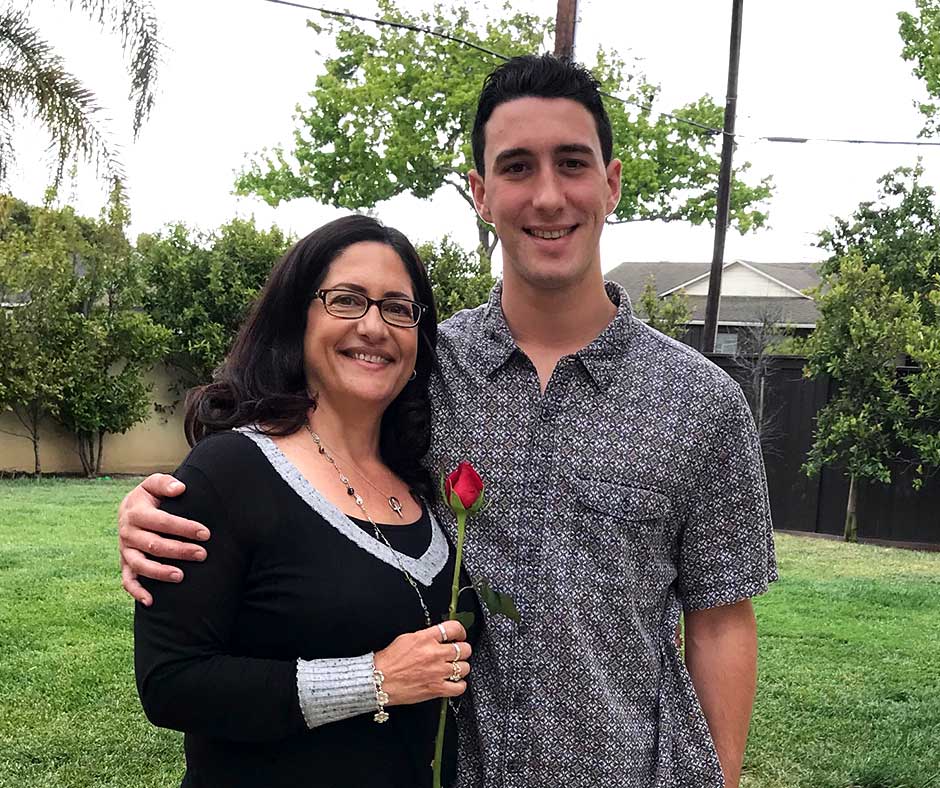Drug abuse in teens is not news but now it’s gone viral thanks to social media. Youth have always been swayed by pressure from other peers. Remember when your daughter came home with her skirt rolled up way too high? Or your son wanted a Mohawk? The trends that influence young adults used to occur during select hours of the day, but in the digital age they hold sway 24/7. Parents can no longer play dumb, it’s time for action – take some tips from the Art of War http://en.wikipedia.org/wiki/The_Art_of_War – and get to know the adversary that is social media.
Social media encourages unhealthy comparisons and false friendships during a time of life when many kids have feelings of anguish and worry about not fitting in. Adolescence is the time when they need true friends, real friends. Sure, peer pressure occurs in every age group, but the desire to stay connected around-the-clock pervades the teen and young adult population. Adults have years of living, jobs, children, failures and successes; they have a certain perspective that keeps it real. But youth are like little sponges and they have an intense fear of missing out that has become so pervasive it is now an addiction in and of itself. Fear of Missing Out (FOMO) goes hand-in-hand with the social media craze and increased drug abuse. FOMO is described as an obsessive concern that one might miss an opportunity for an unforgettable party, an exciting experience, or other gratifying event.
Drug Abuse Likely Enhanced Through Digital Peer Pressure
Recent studies refer to the increase in the likelihood of drug abuse and risky behaviors stemming from the social media trend as “Digital Peer Pressure.” According to the Journal of Adolescent Health, 1,500 15 and 16-year olds students from a Los Angeles high school were surveyed and it was found that youth who viewed photos of their friends “partying or drinking” online and who visited social media sites on a daily basis were at least three times more likely to drink and four times more likely to smoke.
Social media is not real life and youth are especially susceptible to the false comparisons it perpetuates affecting self-esteem. It takes an exceptionally mature young person to understand the extent to which pressure from other people can affect one’s perceptions. The Journal of Adolescent Health used the lingo “Longitudinal egocentric friendship network,” (WOW!) in their recent study that concluded, “Exposure to risky online content had a direct impact on adolescents’ risk behaviors and significantly interacted with risk behaviors of their friends.”
People of all ages can convince themselves that by having a thousand friends on Facebook – that they really have a thousand “friends.” Individuals peruse someone’s photos of a trip to France, and feel less-than because they have not taken a trip to France. There is a false value placed on limited interactions on a machine (the computer) as opposed to real-time relationships face-to-face in the fresh air.
Parents Cannot do Anything About Something They Don’t Understand
As if all this isn’t enough, let’s not forget the Parental Units. Are parents aware that:
- 45% of teens have seen photos on social networks of peers who were drunk, passed out, or abusing drugs
- 75% said that seeing pictures on social media sites of kids partying encourages other teens to do the same
Some parents are tech savvy, but others retreat from anything that looks remotely like – well – a remote. It’s hard enough for them to handle switching the channels, or going from TV mode to DVD, try and teach them about Twitter, Instagram or Facebook and they adopt the attitude IGNORANCE IS BLISS. Social media has them screaming, “Mibs!”
Drug abuse is more likely when teens are allowed to engage in social media at their whim. It’s time for parents to look and listen for the signs of Digital Peer Pressure and take action. Parents can do things such as:
Join the social networks your teens uses so you have an idea what their doing. Find out how alcohol advertisers on social media are targeting youth. Set boundaries on texting, computer time, etc., after all…you’re paying the bills, right?
“If you know the enemy and know yourself, you need not fear the result of a hundred battles. If you know yourself but not the enemy, for every victory gained you will also suffer a defeat. If you know neither the enemy nor yourself, you will succumb in every battle.”
References:
Journal of Adolescent Health, Volume 54, Issue 5, May 2014, Pages 497-498
Last Updated on September 12, 2024

